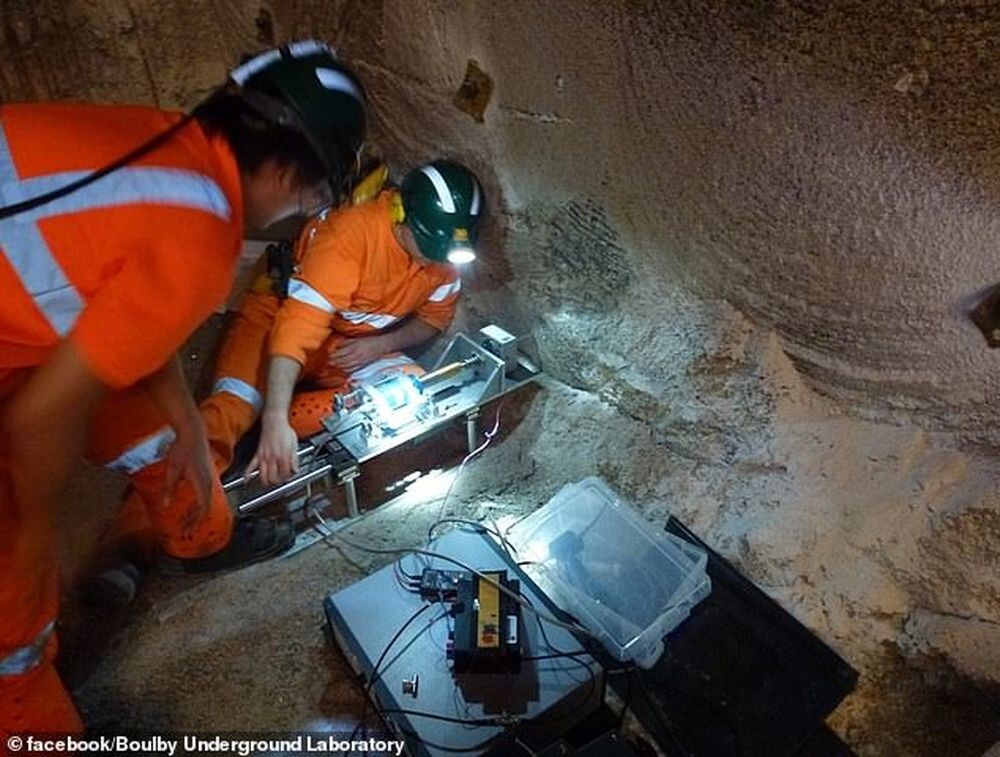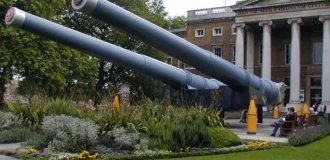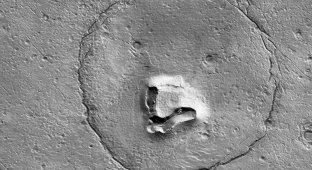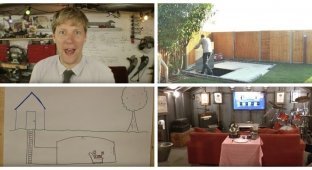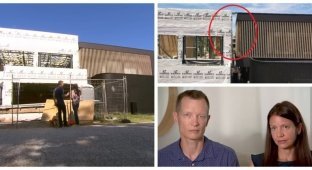British scientists recreate Mars in an underground mine to help future astronauts (7 photos)
Yorkshire is known as the birthplace of Yorkshire puddings and Guy Fawkes, but this city may also be the key to future life on Mars, because it is here, almost one and a half kilometers underground, that scientists recreate the Red Planet. 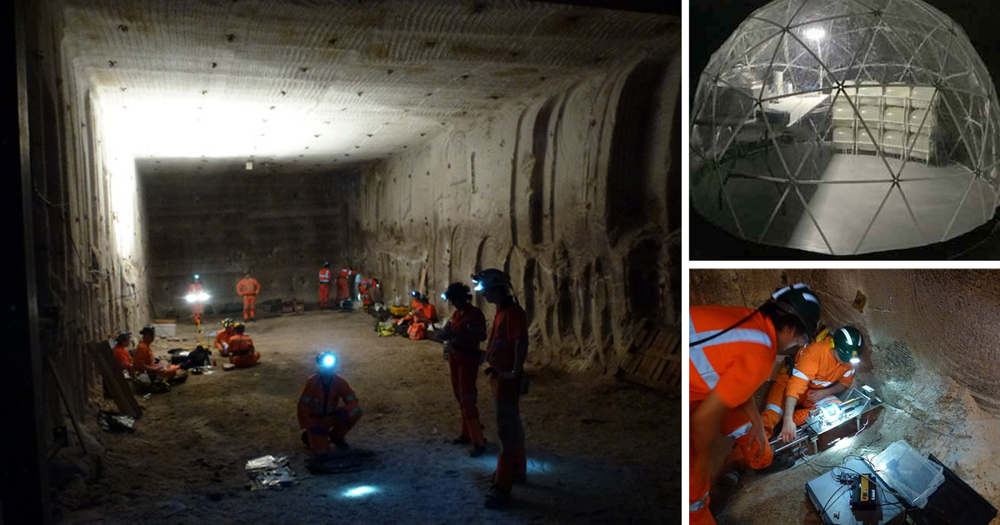
Researchers at the University of Birmingham use one from the deepest mines in the UK to find out what it takes to survival and prosperity on other planets. Figuring out how to live and conducting medical procedures in such conditions is only a part of experiments to be carried out at the Bowlby potash mine. The Bio-SPHERE project could even pave the way for underground homes in space, which will allow astronauts to hide from meteorite fragments and radiation. 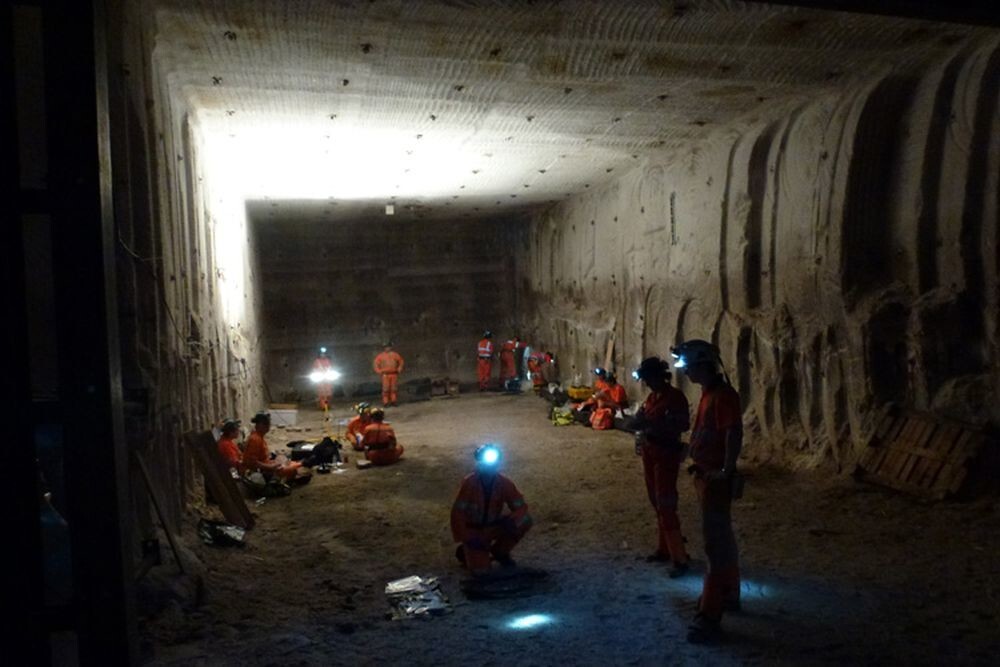
“We are delighted to be collaborating with a fantastic team of scientists from Bowlby Underground Laboratory,” said lead researcher Dr. Alexander Iordachescu. — This new feature will help us collect information from which system recommendations can be derived life support, devices and biomaterials that can be use in medical emergencies and for recovery tissues after damage in deep space missions. This data will certainly be useful on Earth, in cases such as conducting biomedical interventions in remote areas or hazardous environments and, more generally, understanding biomedical workflows in similar non-ideal conditions.
A project to recreate the conditions of Mars in Yorkshire was launched in 3000 meter network of tunnels passing through salt deposits 250 million years old. Salt deposits and the location of the base under surface provide conditions similar to those that arise in caves on the Moon and Mars. 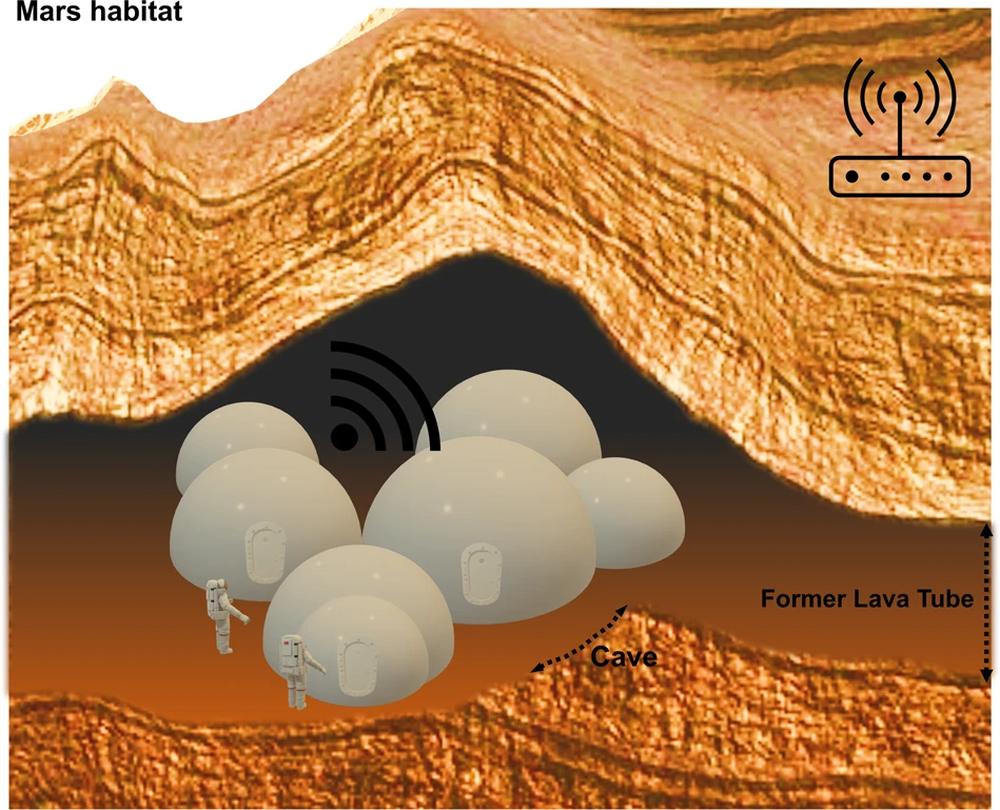
Scientists will be based in a module three meters wide, specially designed for testing medical procedures, used to treat tissue damage. Will test here polymer-based drugs, hydrogels and various other liquids, which can be used for wound dressing and injury prevention. 
The base will also be used to see if it will fit underground houses as shelter from dangerous deep space radiation and extreme temperatures. Astronauts will receive at least 60 percent of total radiation dose limit for his entire career during one six month trip to Mars. At the same time, according to NASA, the temperature surfaces can fluctuate between 20 ° C and -153 ° C. Based on this, scientists expect that such underground houses could be be used to protect the first astronauts to set foot on Red planet. 
"Problems facing humanity in the study of places habitats outside the Earth are clearly numerous and significant, said Prof. Sean Paling, director of the Bowlby Underground Laboratory. - Project Bio-SPHERE promises to help answer some of the key logistical issues of creating sustainable living conditions in remote underground conditions and thus make a significant contribution to the necessary preparations for our common long, difficult and exciting journey." 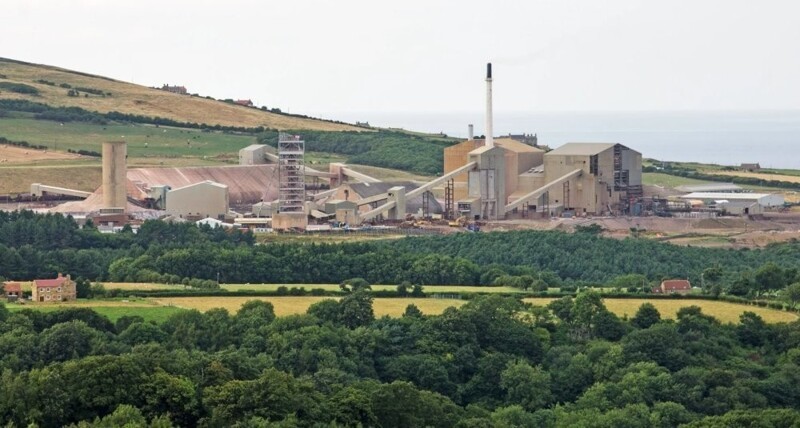
The underground base is by no means the last in of its kind: the team has published plans to create another six-module space simulation. It is expected that she will be used for trial operations and tissue engineering in addition to the study of recovery processes. 